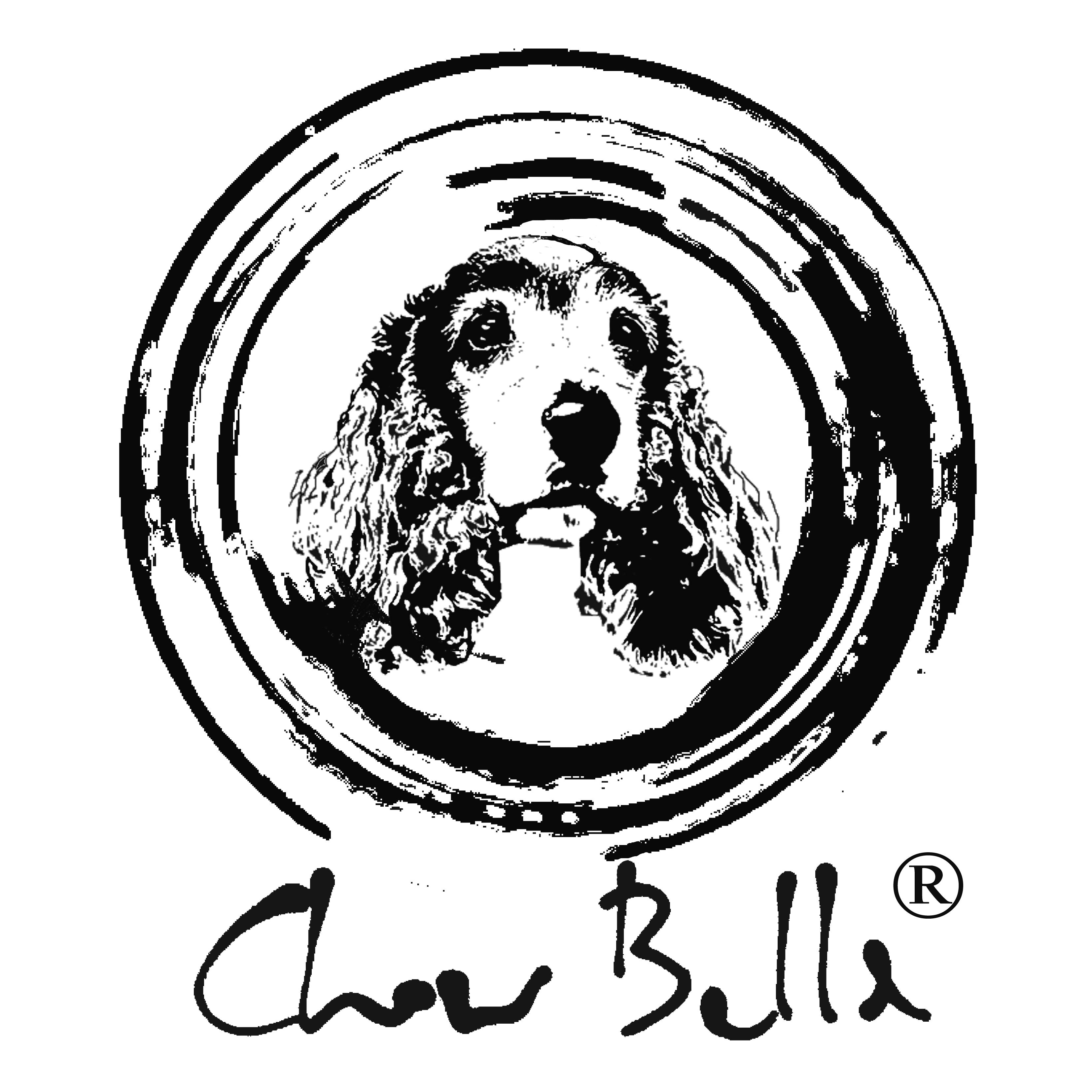Preparing for Your Puppy: The Ultimate Pre-Arrival Checklist
So, you’ve found a breeder, the puppies have been born, you’ve chosen your new best friend, and now…the waiting begins! In just a few weeks, that long-awaited bundle of floof will finally be home with you. What can you do in the meantime to get ready?
This is the first part in our new series on puppies, focusing on how to plan for bringing your puppy home and setting everyone up for success.
Preparation is Key!
Puppy-Proof Your Home

Puppies are just like toddlers—curious about everything, but with much sharper teeth! Your new arrival will explore the world with their mouth, which means chewing on books, wires, shoes, your phone, and anything else they can reach.
Top tip: Get down to your puppy’s level and see what’s within reach—anything up to 2–3 feet off the ground is fair game. Wrap cables, clear low tables, and put shoes and bags away. Consider a bottle of Bitter Apple spray for chair and table legs.
The more you can remove or secure, the less stressful those first weeks will be. I learned this the hard way—my first spaniel, Bella, managed to chew through my iPod in just ten minutes (even though it was zipped in my bag!).
Think About House Training
Your puppy will arrive with a tiny bladder and very little control. Accidents are inevitable, so plan ahead: remove your favourite rugs (especially if they’re light-coloured), and decide where your puppy will toilet.
Is your outdoor space easy to access? Will you be able to get your puppy outside quickly?
For more advice, the RSPCA’s guide to house training is a great resource.
Pro tip: Having a dedicated, easy-to-clean bowl for water (like our ) personalised ceramic puppy bowls near your puppy’s crate or bed can help with routine and reduce spills.
Choosing the Right Bowl for Your Puppy
When shopping for your new arrival, it’s important to choose a bowl that suits their needs. At Chow Bella, we offer two main types:
- Ear Free Bowls: Specially designed for long-eared breeds like cocker spaniels, cockapoos, and basset hounds. These bowls have a narrower opening and deeper shape, helping to keep ears clean and dry during mealtimes.
- Traditional Dog Bowls: A great all-rounder for most breeds and sizes, from terriers to labradors. These bowls are handcrafted, sturdy, and can be personalised with your puppy’s name.
Not sure which to choose? If your puppy has long, floppy ears, the Ear Free Bowl is ideal. For most other breeds, a Traditional Bowl will be perfect.
Consider Sleeping Arrangements
Where will your puppy sleep? While it was once common to leave puppies alone in the kitchen, it’s much kinder—and less stressful for everyone—to keep them close for the first few nights. After all, they will have spent their life so far snuggling up with their mum and littermates at night and will be really missing them. It's important that you help your new baby feel safe.
A crate (with enough space to stand, turn, and stretch) next to your bed can help your puppy feel safe and secure.
Your breeder should provide a blanket that smells of mum and littermates. Pair this with a warm (safely covered) hot water bottle for extra comfort.
We’ll cover crate training in detail next time, but for now, think about what size you’ll need and where it will fit.
Claire's Top Tip: You may be able to get a second hand crate on eBay or Vinted - I got Mango's big crate for just £13!
Book Time Off
You only get this precious time with your puppy once! Try to take at least a week off to settle them in and start bonding. The puppy days go by in a flash—soak it all in, and enjoy every minute (puppy belly sniffs included).
Daily Life & Enrichment
Between 8–12 weeks, your puppy’s brain is like a sponge. While you’ll need to wait for vaccinations before going for walks, you can still introduce your puppy to the world by carrying them out and about.
Let them experience traffic, sirens, people in hats or hi-vis, umbrellas, or if you're in the countryside, horses, tractors etc, and whatever else you encounter. Make a list of things you want to introduce, and take it slow—lots of treats and encouragement will help.
Looking for ways to keep your puppy’s mind busy at home? Read our Mental Enrichment for Dogs blog for simple, affordable ideas—plus our puzzle plates and treat jars are perfect for making mealtimes fun and rewarding.
Find a Vet & Puppy Class
Use this time to research local vets and puppy socialisation classes. If you’re based in Hampshire, check out Mutterly Hampshire for a handy directory of dog-friendly trainers, classes, and services in the area. For those elsewhere in the UK, Puppy School is a great resource for finding reputable, positive puppy classes near you.
Recommendations from local groups can be helpful, but always visit yourself to make sure the environment feels right for you and your pup.
Make a Shopping List!
There’s no need to go overboard, but a few essentials will make life easier:
- Personalised puppy bowl: A bowl with your puppy’s name is both practical and a lovely keepsake. See our range.
- Ear Free Bowl: Perfect for cocker spaniels, cockapoos, and other long-eared breeds. Learn more.
- Puzzle plate: For slow feeding and mental stimulation. Shop puzzle plates.
- Treat jar: Store training treats in style. Browse treat jars.
- A couple of good toys: Puppies are just as happy with a toilet roll tube as a fancy toy!
Come back next time for more tips on bringing your new puppy home, including a deep dive into crate training and settling your pup in for those first few nights.
Want to get ahead?
Browse our Ear Free Bowls, Traditional Dog Bowls, and Puppy Hampers to make your new arrival truly special.




